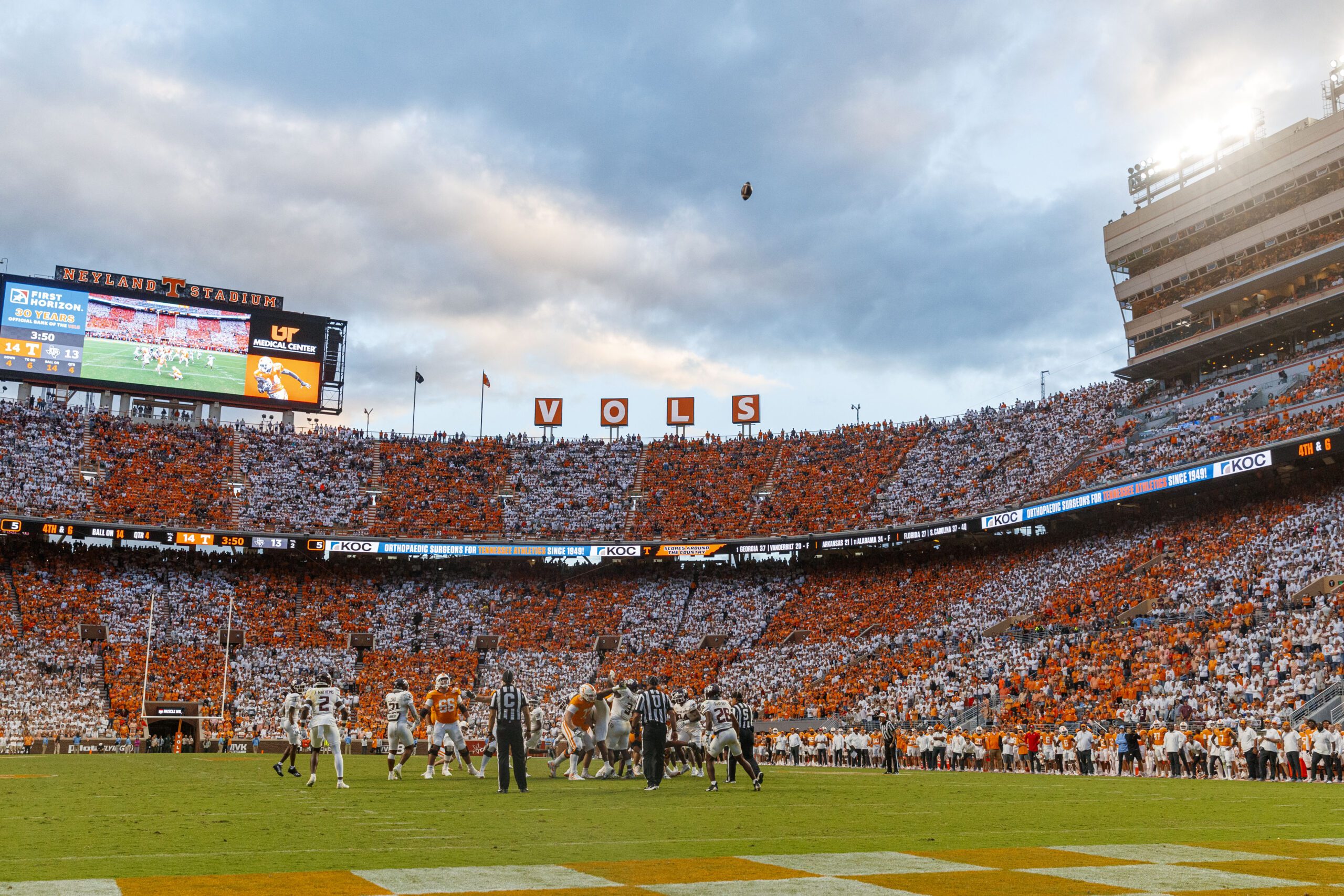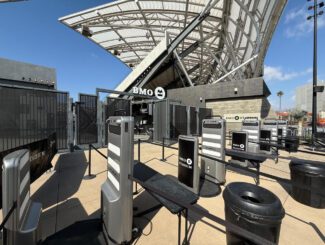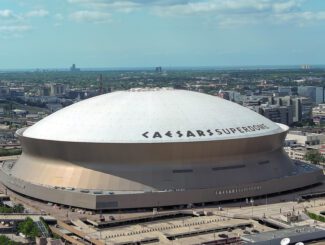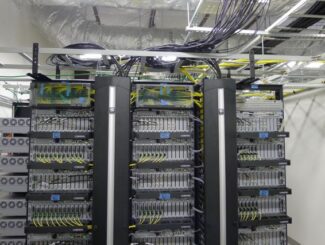Step aside, Taylor Swift. If you really want to test your full stadium Wi-Fi deployment, have Peyton Manning escort Dolly Parton out to midfield at a Georgia-Tennessee game at Neyland Stadium, in the heart of Rocky Top country.
That’s exactly what happened last fall, and thanks to a full-stadium Wi-Fi 6 deployment using gear from HPE Aruba Networking, the new network was able to withstand a record-breaking surge in wireless bandwidth demand.
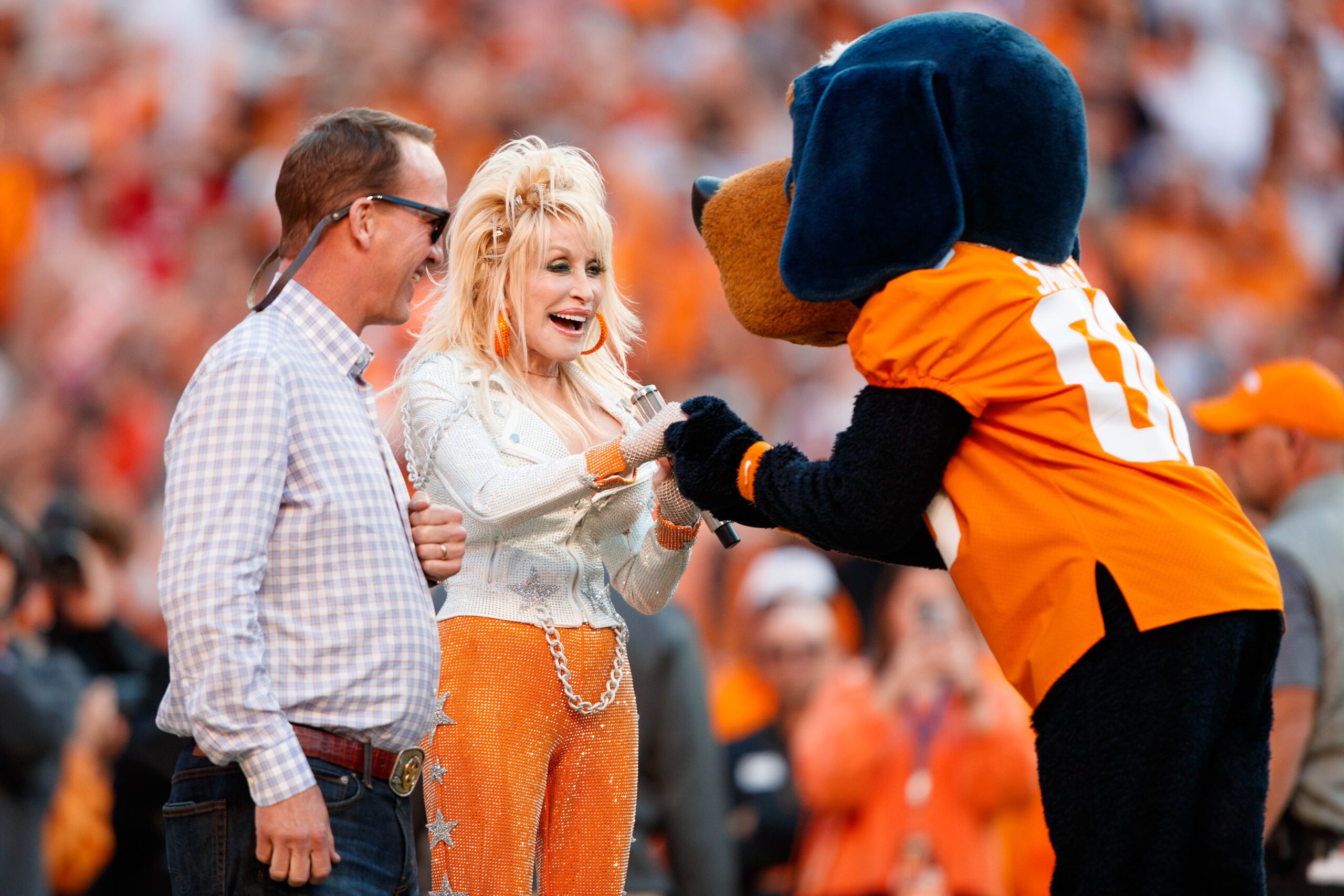
According to Thomas Moats Jr., assistant athletic director for IT at Tennessee, the just-finished stadium network saw a peak throughput surge of 31 Gigabits per second when the two legends walked onto the field together, a number higher than any previous acknowledged recording at big events like Super Bowls or Swift concerts.
But when it comes to one of country music’s biggest stars coming out for a mid-game rendition of “Rocky Top,” escorted by probably the school’s biggest-ever football star, you might expect a record-type surge of selfies and videos from the sellout crowd of 100,000-plus fans.
“When Peyton came out with Dolly, every cellphone in the place went up, and it was awesome to see,” Moats said in a recent interview. “We were monitoring it, and the network held together, without any problem.”
Finally bringing Wi-Fi to fans
The big moment, Moats said, was a kind of culmination of a years-long process to answer one of the biggest beefs of the devoted fans who regularly fill the 101,915-seat stadium. Originally constructed in 1921, Neyland Stadium is the sixth-largest college football venue in the U.S., according to the school. And for most of its life, connectivity for fans has been a challenge — until now.
“Fans have been calling for Wi-Fi for years,” Moats said. In the past, the school may have tried to weigh a ROI for Wi-Fi deployment, but in the end, the desire to keep the Neyland Stadium fan experience at the top won out.
“Leading the way in all aspects of college sports is the motto for Vols,” Moats said. “And fan experience is one of those areas.”
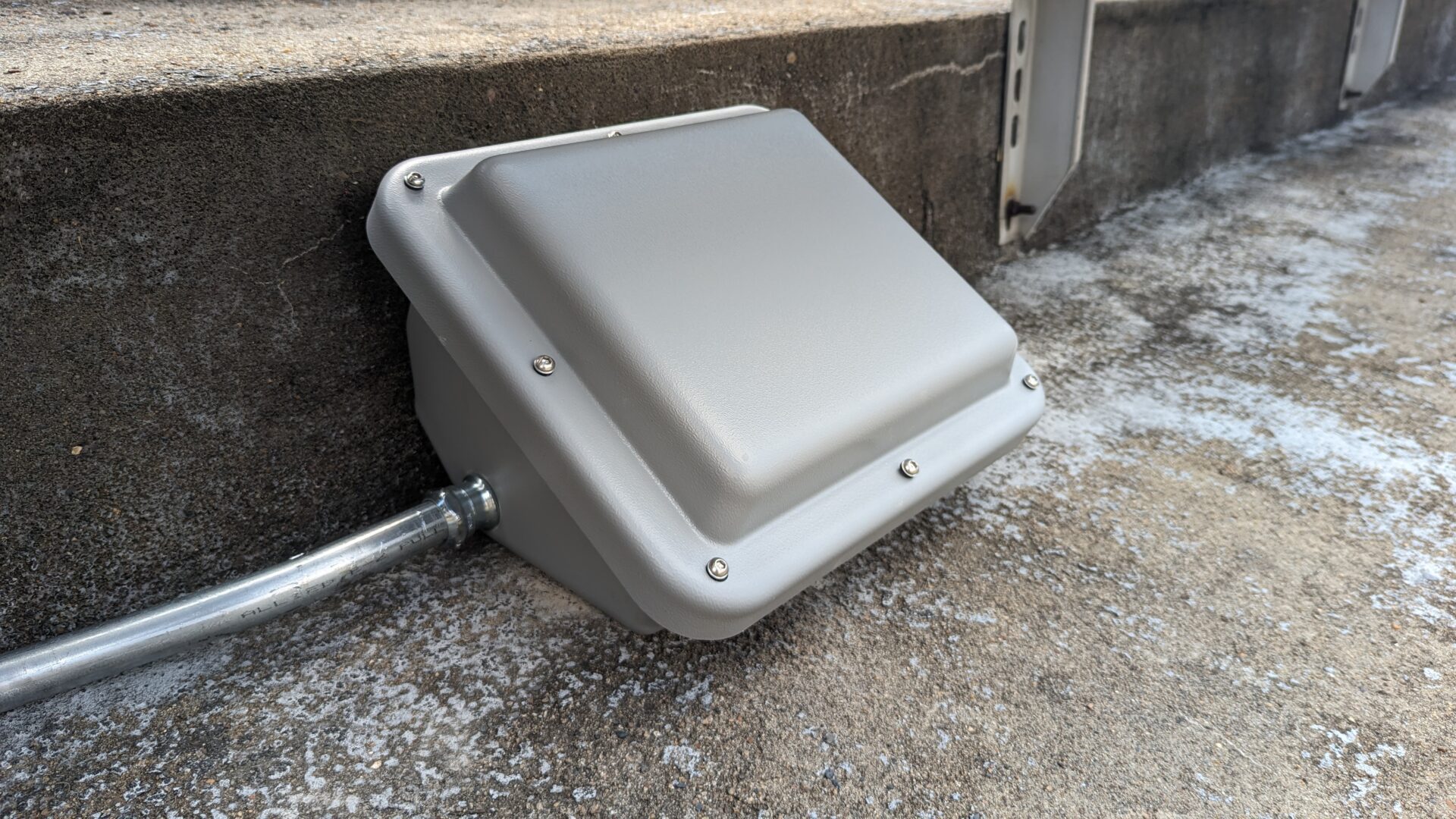
Aided by the ability to package the Wi-Fi deployment into an increase in budget for an ongoing stadium renovation project, Moats and his team turned to Aruba, a company whose gear was also used in building the existing campus Wi-Fi network.
“We followed the same plan as the campus network,” which included Cisco and Arista gear in the core network, Moats said. In November of 2022 an RFP was released with a “very aggressive timeline” of having the full-stadium network in place by the start of the 2023 football season. While Moats said Tennessee knew that the quirks of a 100-year-old stadium, added to supply-chain issues from Covid, might delay the project, he added that as much as it could, the team kept the deployment pedal to the metal.
“We weren’t naive about the challenges, but we didn’t want to relax, either,” Moats said. With construction starting in March of 2023, parts of the network were brought online as they were available throughout the season.
Fully ready for the Parton-Manning appearance
With the public-venue engineering team from M S Benbow and Associates leading the way, Moats said the construction first focused on areas outside the stadium, so that fans downloading their digital tickets wouldn’t be delayed. Moats said the stadium technology team also deployed walk-through Opengate security scanners from CEIA, allowing them to extend the perimeter farther from the stadium walls, a tactic that can help ease the getting-in-the-door crush.
Inside the stadium, network deployments started in the east and west tower premium areas before targeting the lower bowl. Beginning with the student section, the deployment teams worked every day there wasn’t preparation going on for a forthcoming game, eventually installing 1,800 APs in the bowl. One of the challenges of a stadium expanded over time was solved by using four different types of enclosures to fit behind or underneath the four different types and heights of benches found throughout the venue.
A no-publicity rollout designed to keep fans’ expectations inline with the network availability didn’t stop those fans who had connectivity from getting on the network, Moats said. “They know how to find Wi-Fi,” he said. But by the time Dolly and Peyton strode out for their song at the Georgia game, the full network was live and ready for a Southern-style wireless surge.
“The network performance was excellent,” Moats said. “We received super positive responses from the fans.”
Ready for the future
With its mix of Wi-Fi 6E for indoor areas and Wi-Fi 6 for outdoor areas, the network was built with expansion in mind. According to Moats, the next big project for the University is a planned commercial and entertainment district that will be adjacent to the stadium, which when completed will make fans’ game-day experiences more convenient than having to travel to downtown either before or after games. The network, Moats said, offers possibilities to extend coverage to the new area, to ensure that the fan experience continues even outside the stadium walls.
For this season, which started with the Vols’ home game against Chattanooga on Aug. 31, Moats is looking forward to being able to promote the Wi-Fi network to all fans, and to add on more technologies like point-of-sale in concession stands to the newest thing inside one of the oldest stadiums around. “When we layer on other technologies, that will make the game day an even nicer experience,” Moats said.



